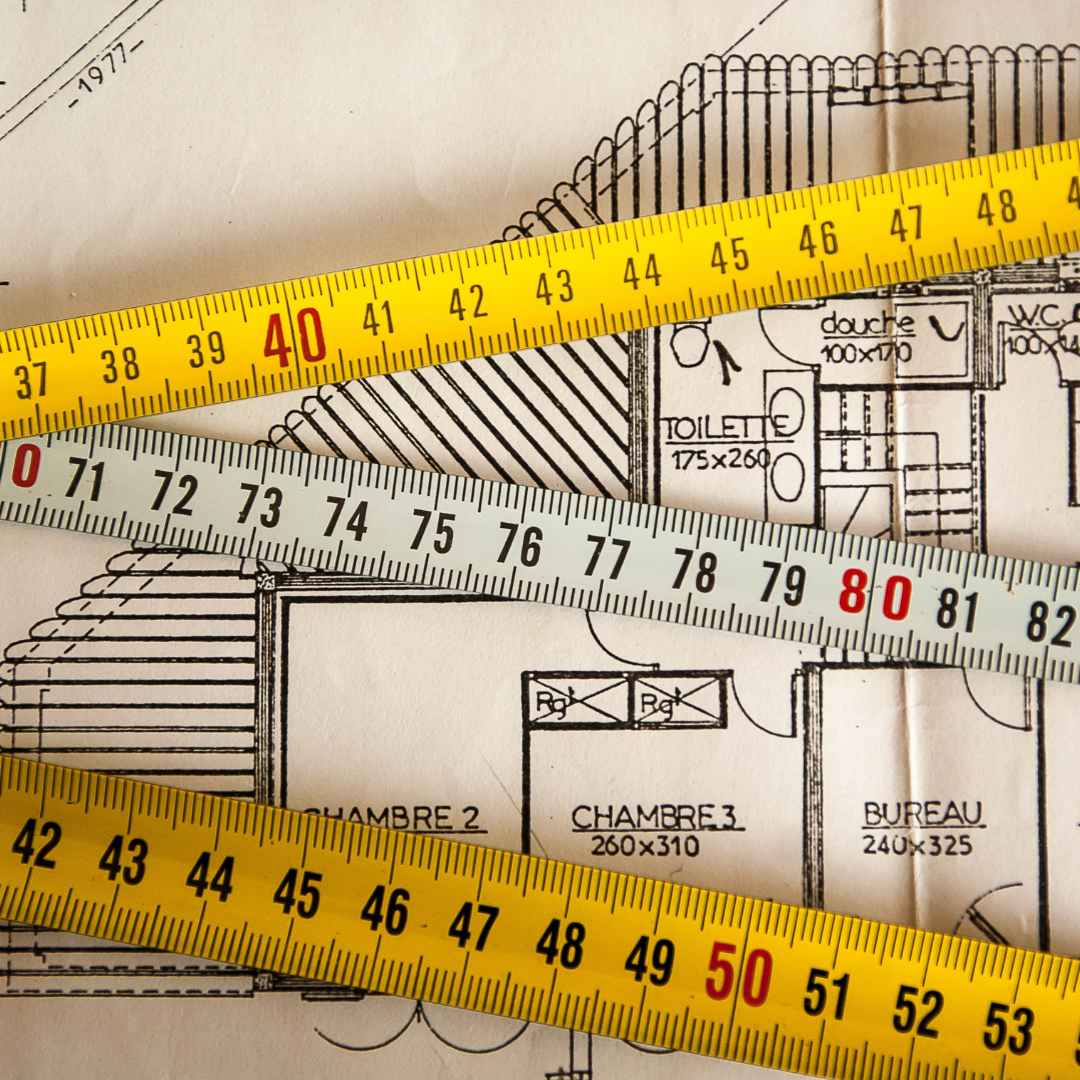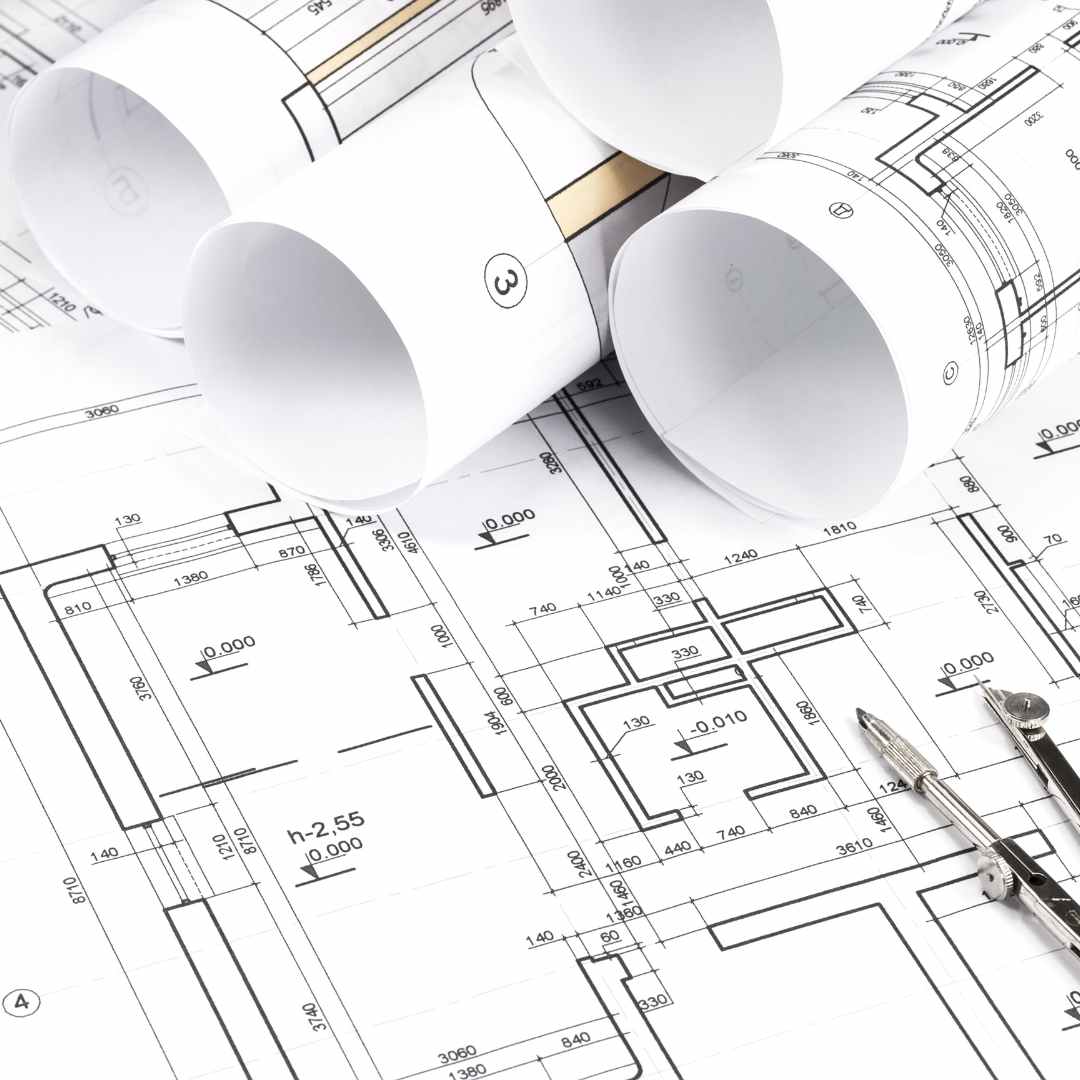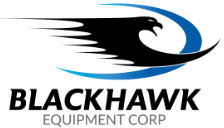Sizing for Growth: How to Properly Scale Your Utility Systems for a Plant Expansion
06/12/2025

A plant expansion is an exciting milestone. It signifies growth, success, and a promising future. However, for the engineers tasked with making it happen, it presents a host of complex challenges. Among the most critical—and often underestimated—is the proper scaling of the facility's core utility systems: compressed air, process cooling, and fluid pumping. Getting this wrong can cripple the new expansion before it even gets started. Under-sizing creates production bottlenecks, while over-sizing leads to massive capital waste and staggering energy inefficiency. As we see industrial growth continuing in June 2025, a methodical and forward-thinking approach to utility planning is essential. At Blackhawk Equipment, we partner with our clients during these crucial growth phases, ensuring their utility infrastructure becomes a robust foundation for success, not a future constraint.
The High Stakes of Improper Utility Sizing
The consequences of miscalculating your future utility needs are severe and can impact the project's success from day one.
-
The Dangers of Under-Sizing:
- This is a common pitfall when trying to minimize initial capital expenditure. The results are immediate and painful: new, multi-million dollar production lines may be starved of adequate air pressure, process cooling, or fluid flow. This can lead to frequent equipment shutdowns, an inability to run all new machinery simultaneously, inconsistent product quality, and a frustrating production bottleneck that completely negates the purpose of the expansion.
-
The Hidden Costs of Grossly Over-Sizing:
- The opposite mistake—buying a single, massive piece of equipment to "be safe"—is equally problematic. This leads to excessive and unnecessary capital expenditure (CapEx). More insidiously, it creates long-term operational inefficiency. A large, fixed-speed air compressor, for example, running at only 40% of its capacity is tremendously inefficient. This leads to higher-than-necessary energy bills and increased wear and tear from excessive cycling, driving up your total cost of ownership for years to come.
Step 1: Auditing the Present to Accurately Predict the Future
You cannot accurately plan for your future needs without a precise, data-driven understanding of your current state. Guesswork is not an option.
-
Conduct a Comprehensive Baseline Audit:
- Before any other planning, a professional audit of your existing utility systems is non-negotiable. For compressed air, this means using data loggers and flow meters to establish your current consumption profile—your true peak load, average load, and base load (including leaks). The same principle applies to measuring your existing cooling load (in tons or kW) and pumping demands (GPM and pressure).
-
Address Existing Inefficiencies First:
- A critical output of this audit will be the identification of current waste. This includes compressed air leaks, artificial demand, and inefficient equipment. It is fundamentally important to address these issues before calculating future needs. You do not want to size a brand-new, expensive utility system to supply existing waste. Fixing leaks and optimizing the current system will lower your baseline demand, leading to a more accurately (and often less expensively) sized new system.
Step 2: Calculating Future Demand – A Methodical Approach
With a clean baseline established, you can now build a reliable forecast of your future needs.
-
Inventory New Equipment Demand:
- Create a detailed list of every new piece of machinery being added in the expansion. Scour the manufacturer's technical data sheets to find the specific utility consumption figures (e.g., CFM of air at a specific PSI, tons of cooling required, GPM of fluid at a certain head pressure).
-
Consider the "Use Factor" and "Diversity Factor":
- Simply adding up the maximum consumption of all new equipment is a common mistake that leads to over-sizing. Realistically, not all machines will run at maximum load simultaneously. The "use factor" is the percentage of time a single machine is actually consuming a utility. The "diversity factor" acknowledges that the peak demand of the entire system will be less than the sum of all individual peak demands. A conservative but realistic estimate of these factors is crucial.
-
Add a Buffer for Future Growth:
- Don't just plan for this one expansion. Where does the business plan to be in five or seven years? It's wise to add a "future growth factor"—typically around 15-25%—to your total calculated demand. This provides a necessary buffer and helps future-proof the investment, avoiding the need for another major upgrade too soon.
-
The Sizing Formula:
- Your final calculation should look something like this:
Total Projected Demand = (Current Audited Demand – Existing Waste) + (Sum of New Equipment Demands × Diversity Factor) + (Future Growth Factor).
Step 3: Designing for Scalability, Redundancy, and Efficiency
Once you have a reliable number for your total projected demand, the focus shifts to designing a system that can meet this demand efficiently—not just on day one, but for years to come.
-
Embrace a Modular Design Philosophy:
- Instead of purchasing one single, massive compressor, chiller, or pump to meet your peak projected demand, a far more intelligent strategy is to install multiple smaller units. For example, three 100-HP compressors are vastly superior to one 300-HP unit.
- Redundancy and Reliability: A modular approach provides inherent redundancy. If one unit goes down for maintenance or fails, the other units can often handle the critical load, preventing a total plant shutdown. There is no single point of failure.
- Efficiency at Part-Load: Most plants do not operate at peak load all the time. With multiple units, you can turn units on or off to precisely match the current demand, ensuring each operating unit runs at or near its most efficient point.
- Staged Capital Investment: A modular design allows you to install the capacity you need now and simply add another module later as your "future growth" demand materializes, spreading out capital expenditure.
-
Leverage VSD Technology Strategically:
- The most efficient multi-unit systems often use a Variable Speed Drive (VSD) unit as the "trim" compressor or pump. This VSD unit can precisely match the fluctuating portion of your demand, while the other fixed-speed units handle the stable base load. This "VSD trim" strategy is a hallmark of modern, efficient system design.
-
Plan the Infrastructure for the Future:
- The most expensive and disruptive part of a future upgrade is often the infrastructure. During your current expansion, install piping headers, electrical conduit, and concrete pads for your ultimate projected demand, even if you aren't installing all the equipment yet. It is exponentially cheaper to install a 6-inch pipe now than it is to rip out and replace a 4-inch pipe in five years.
-
Don't Forget Storage:
- Properly sized storage is critical. For compressed air, this means ample receiver tank capacity to buffer demand events and reduce compressor cycling. For cooling systems, buffer tanks perform a similar function, improving stability and efficiency.
Blackhawk Equipment: Your Engineering Partner in Growth
A plant expansion is a complex, multi-faceted project. Partnering with a utility systems expert early in the process is crucial. Blackhawk Equipment is more than just an equipment supplier; we are your strategic partner in growth. Our team helps you by:
- Conducting the critical baseline audits to establish accurate data.
- Assisting with future demand calculations and equipment specification.
- Designing scalable, modular utility systems that incorporate best practices like VSD trim and master control strategies.
- Providing the high-quality, reliable equipment from brands like Sullair, Grundfos, and Aerzen that forms the backbone of a robust system.
- Offering custom fabrication for skids, manifolds, and piping to facilitate a clean, efficient, and modular installation.
- Managing the installation, commissioning, and long-term service of your entire utility system.
Conclusion: Building a Foundation for Future Success
The success of your plant expansion hinges directly on the thoughtful planning and scaling of its core utility systems. A methodical approach—auditing the present, accurately calculating future needs, and designing for modularity and efficiency—is the only way to avoid the costly pitfalls of improper sizing. Investing the time and resources to plan your utility infrastructure correctly is an investment in your facility's future productivity, reliability, and profitability.
Contact Blackhawk Equipment early in your plant expansion planning process. Let our team of experts ensure your utility systems are engineered not as an afterthought, but as a powerful foundation for your company's growth.
